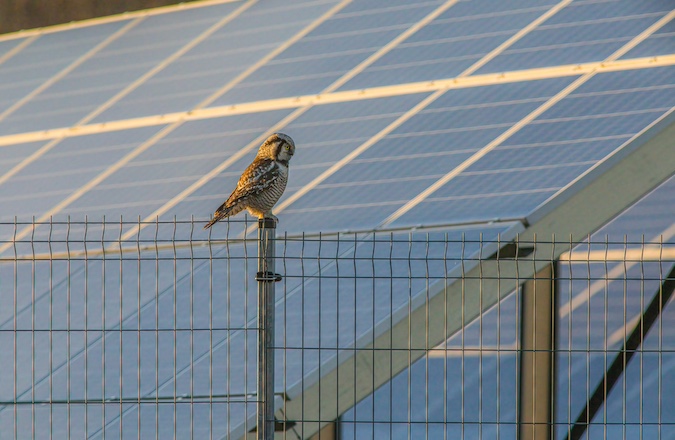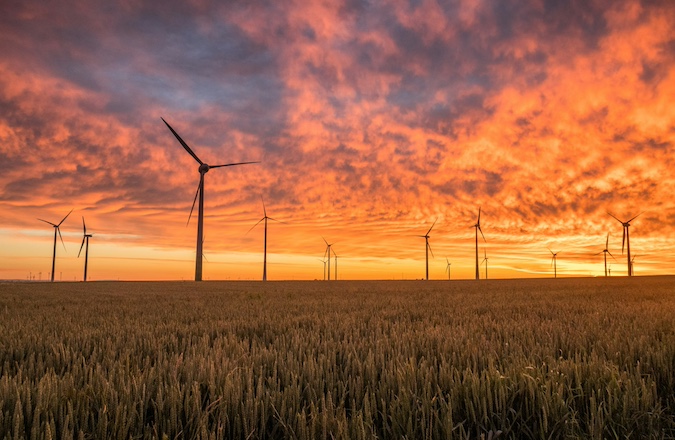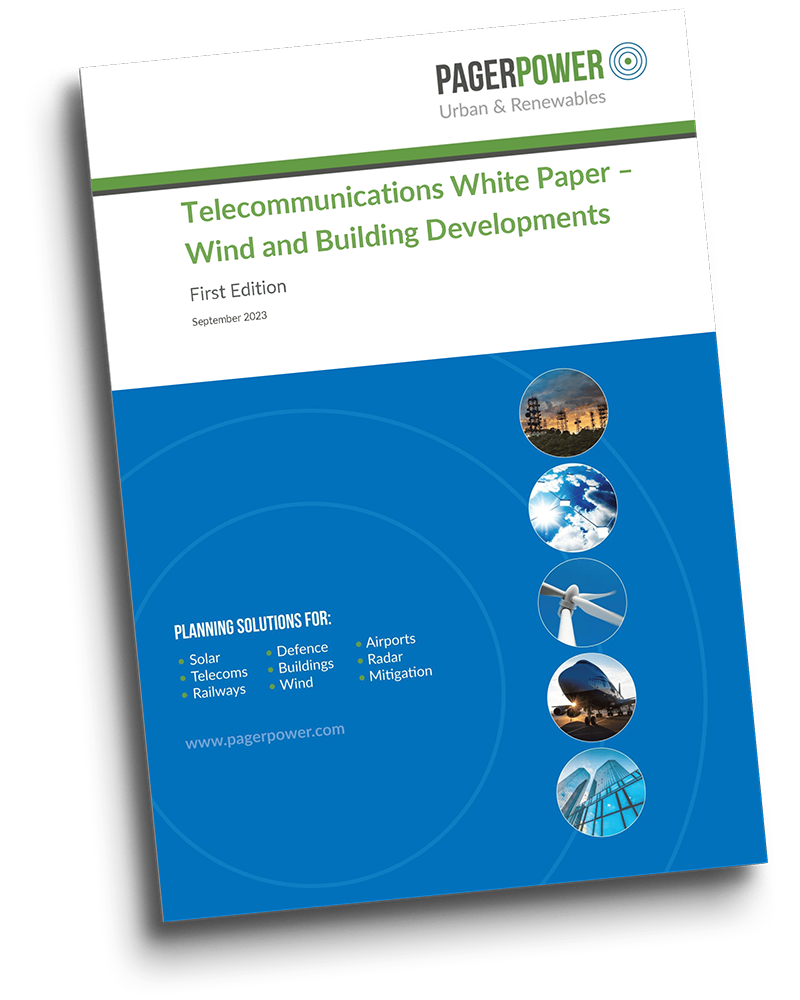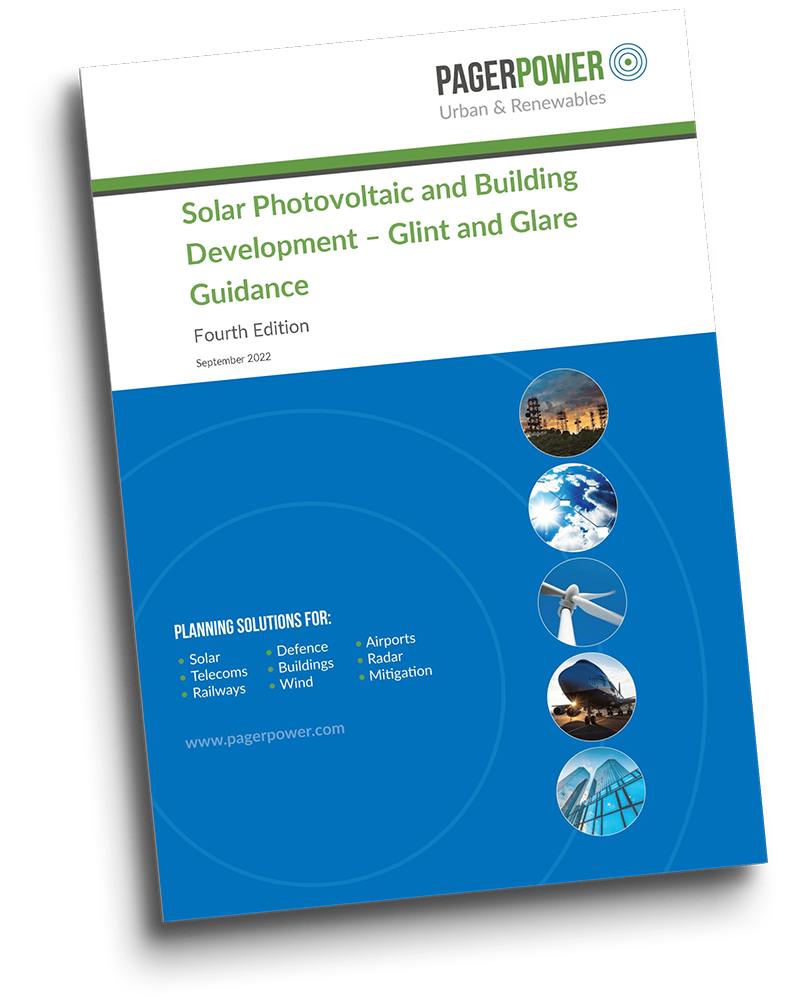Mitigation for Biodiversity Adaptation to Solar Farms

The solar energy industry is continuing to grow and expand in its capacity and global reach. By the end of 2023, an estimated 0.025% of the world’s land area was covered in solar panels [1]. This is approximately the size of Denmark. In July, the UK government confirmed that for the first time, in 2024 renewable energy accounted for over half of the UK’s total electricity generation [2]. As solar developments continue to be built in urban and rural landscapes, the impact on the local biodiversity should be considered.
Figure 1: Owl perched on the perimeter fence of a solar farm.
Impacts of Solar Developments on Biodiversity
A recent study by Murdoch University in Western Australia has found that solar developments built on degraded land increases insect, bird, and bat species richness, likely due to the introduction of novel habitats. However, solar developments built on intact landscapes, resulted in a decrease in species richness [3]. Building solar facilities on previously damaged land can result in increased insects and birds (particularly insectivores).
Solar Farms as Habitats
Solar developments built in the desert can provide thermal refuges for fauna that would otherwise be limited, as well as offering a habitat for nesting, roosting, and foraging [4]. Owls have been recorded roosting in torque tubes, hollow tubes that connect rows of solar panels, and ground-dwelling francolins have been spotted foraging in the shade under the panels [5, 6].
Challenges for Wildlife
Although these are on the surface perceived benefits, perimeter fences create barriers to species movement and can cause entrapment, further increasing habitat loss. Birds can become trapped between double fencing, unable to manoeuvre to take off, and ground-dwelling birds and other species can be trapped within the development boundary [7].
Mitigation Measures for Solar Farms
There are mitigation measures that can be implemented to reduce biological distress. Perimeter fencing design could be modified to reduce barriers and animal entrapment. For example, a ‘wildlife friendly’ photovoltaic solar development in Nevada (Pahrump) built fencing with 25cm wide openings at the bottom of the fencing to allow animals to roam freely throughout the site [8]. Pahrump is currently running a pilot programme for ecovoltaics, with wildlife movements being monitored. To date, snakes, tortoises, rabbits, and foxes have been reported to be using the fencing openings [9]. Another mitigation option comes in the form of advancing technology. Nanocoating solar panels (anti-reflective coating) could be used to reduce glint and glare. The nanocoating can reduce the polarised light-pollution which could help prevent birds mistaking large solar developments as bodies of water [10]. Incorporating small changes such as this can have a much wider positive impact on local biodiversity and conservation efforts. Renewable energy does not have to come at the cost of conservation.
About Pager Power
Pager Power undertakes technical assessments for developers of renewable energy projects and tall buildings worldwide.
For more information about what we do, please get in touch.
References
Figure 1: Erik Karits (October 2023). Last accessed on 14th September 2025. Available at: https://unsplash.com/photos/a-bird-perched-on-a-fence-near-a-solar-panel-BfnDxXmvs-Q
[1] https://www.energyinst.org/statistical-review/resources-and-data-downloads. [2] https://www.renewableuk.com/news-and-resources/press-releases/energy-bible-confirms-renewables-now-provide-over-half-of-the-uk-s-electricity-generation/#:~:text=New%20statistics%20published%20today%20by,fourth%20time%20in%20five%20years. [3] https://www.sciencedirect.com/science/article/pii/S1364032125006689. [4] https://www.scopus.com/pages/publications/85195192030. [5] https://www.sciencedirect.com/science/article/abs/pii/S0960148118310565. [6] https://www.tandfonline.com/doi/abs/10.2989/00306525.2019.1581296.[7] https://www.sciencedirect.com/science/article/pii/S1364032125006689.
[8] https://doi.org/10.3390/land12101950. [9] https://www.fws.gov/project/wildlife-friendly-solar-energy.[10] https://www.sciencedirect.com/science/article/pii/S1364032125006689.
https://www.pagerpower.com/wp-content/uploads/2025/09/solar-microdiversity-thumbnail.jpeg







